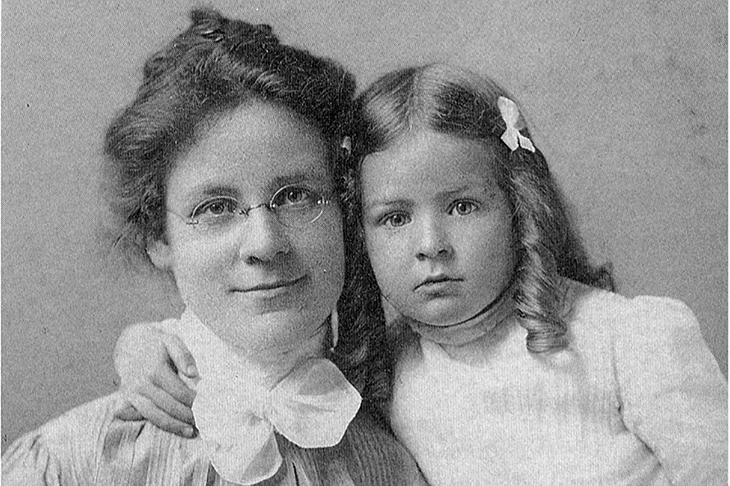The other day in the Guardian’s Blind Date column, two participants, or victims, finished off an account of their frightful encounter by dismissing any chance of a future relationship: ‘I’m sure two ENFPs might wear each other out.’ The acronym is perhaps not familiar to everyone, but that, coming from a couple of young people steeped in human resources gibberish, would have been the point. The woman involved was showing off her Myers-Briggs personality type.
Myers-Briggs is an American analysis of personality first used in the 1940s, which gained huge success in the 1950s. It was a decade in which, as Merve Emre poetically says, ‘the stench of political paranoia was accented by cheap gasoline and apple pie’. The test asks its applicants a number of questions about their general preferences in life. ‘Do you (a) very much enjoy stopping at soda fountains; or (b) usually prefer to use your money for other things?’was one rather culturally specific inquiry. The answers to the questions allow the analyst to plot the subject along one of four axes: Introvert or Extravert (the irregular spelling indicates a supposedly technical meaning); Sensing (using basic information) or Intuition (interpreting); Thinking (logic and consistency) or Feeling (relating to people and particular circumstances); Judging (making decisions) or Perceiving (staying open to new options). The combinations of these eight possibilities create a total of 16 character types into which, in theory, the whole human race falls.
Of course, by now, it is merely a parlour game; I just did it and was pleased to discover that I’m an ENTP. Human civilisation has, from time to time, entertained itself by sorting human beings into separate innate character types. Much of the pleasure of this seems to come from analysing external indicators which individuals will be quite unaware of. Aristotle’s pupil Theophrastus wrote a set of characters which have been periodically imitated ever since, letting us know that a boor will wear a cloak that is too short, and then sit down in it.
From time to time some means of interpreting character from externals will seize the popular mood.








Comments
Join the debate for just £1 a month
Be part of the conversation with other Spectator readers by getting your first three months for £3.
UNLOCK ACCESS Just £1 a monthAlready a subscriber? Log in